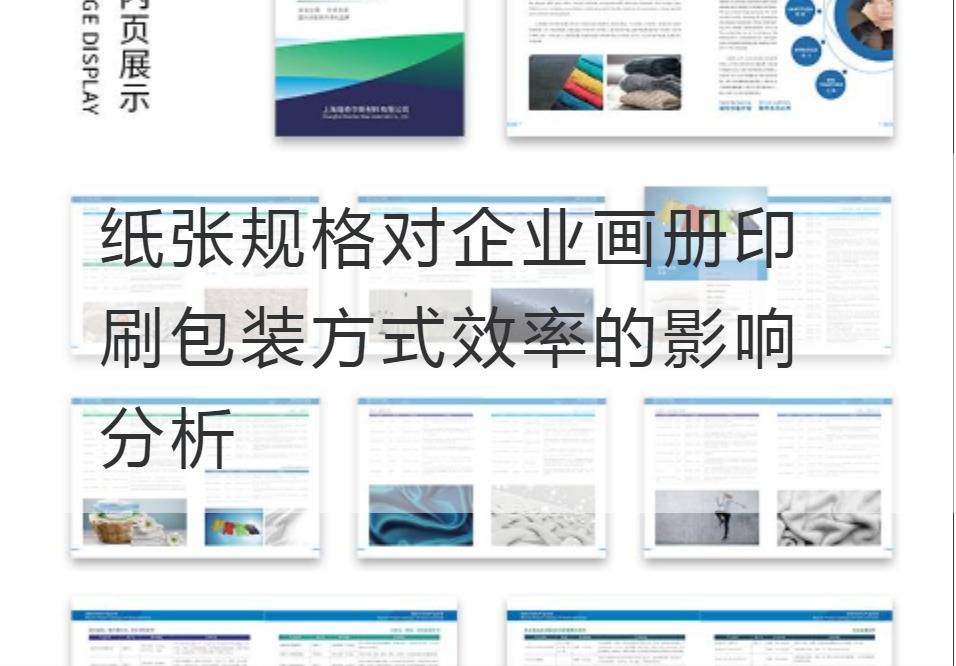Analysis of the Influence of Paper Specifications on the Efficiency of Printing and Packaging Modes of Picture Albums in Enterprises
As far as we know, a crucial part of printing, a process of great depth and fine spirit, is paper. Under the specific market strategy background, the choice of paper specification with its only plausible magic, directly determines the efficiency of the printing and packaging of the enterprise album. This is a game of minimalism and effectiveness. Can simple paper specifications create ideal printing and packaging efficiency?
As defined by JIS international standards, A0, A1, A2, A3 and other familiar paper specifications are not only a set of numbers, they represent a process standard of a printing and packaging interface. Needless to say, the choice of paper sizes directly affects print quality, design size, and final packaging results, which directly determine the efficiency of the printing and packaging process.

First of all, paper specifications and printing quality are inextricably linked. Today, with advances in printing techniques such as four-color flexography and digital printing, we can create images with bright colors, sharpness, and high resolution. However, if the paper size is selected improperly, the printing results may be greatly reduced. For example, using too large a paper size may result in a waste of printing area, and using too small a size may result in an incomplete display of the image. Therefore, the proper paper specification is the first condition to ensure the printing quality.
Secondly, the design size is another important factor that determines the printing efficiency, and the design size is inseparable from the choice of paper size. Conventional B1 printing is generally performed on a 70cm x 100cm paper size. However, with the increasing popularity of B2 (50cm x 70cm )) printing, the influence of the paper size on the design size cannot be ignored. If the design size is unorganized, it will not only result in a waste of paper resources, but also affect the overall printing efficiency.
Finally, the choice of the appropriate paper size has a decisive influence on the way of packaging, thus affecting the overall production efficiency. Hot melt adhesive binding ( Hot-melt Adhesive Binding ), Saddle Stitching, Thread Sewing) and other packaging methods, all have strict requirements on paper specifications. Finding the correct fit of paper specification and packaging method can greatly improve production efficiency and reduce the waste of materials.
Paper specifications play a crucial role from print quality, design dimensions to packaging. Therefore, the precise selection of paper specifications will allow the printing and packaging process to be perfect, the efficiency of the enterprise to the extreme. However, it is not easy to adjust the proper paper size, it requires a combination of printing technology, binding mode and final display results to achieve the optimal selection results.
In conclusion, from a microcosmic point of view, the paper specification is very important forEnterprise album printingThe effect of packaging efficiency is more equivalent to a weight, through continuous fine-tuning, we can find the most ideal balance point, so that the quality and efficiency of printed matter can be maximized. From the macroscopic point of view, the choice of paper specification is a deep cognition, a pursuit of elegance, refinement and efficiency, but also the best witness to the continuous pursuit and exploration of art and technology.
Recommended Reading:
Catch the user's eye: design and printing of visual collocation skills
Determinants of Design Language: Importance of fonts in design and printing
Target audience analysis: How to attract target customers through design and printing
Innovations in design and printing technology: The Road to Innovation in the Digital Age



